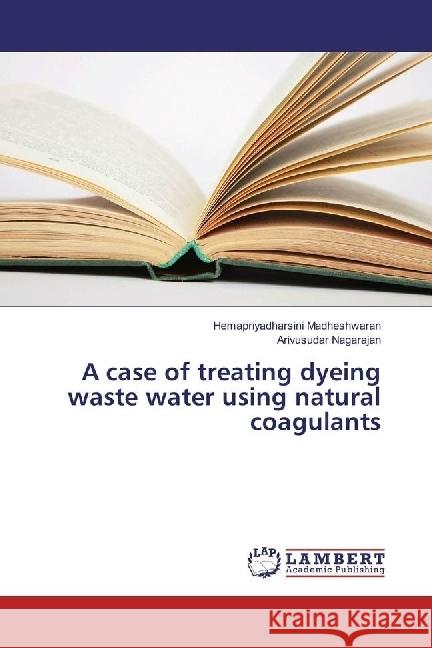A case of treating dyeing waste water using natural coagulants » książka
A case of treating dyeing waste water using natural coagulants
ISBN-13: 9783330063938 / Angielski / Miękka / 2017 / 80 str.
The textile dyeing industry consumes large quantities of water and produces large volumes of wastewater from different steps in the dyeing and finishing processes. Wastewater from printing and dyeing units is often rich in Color, containing residues of reactive dyes and chemicals, such as complex components, many aerosols, high chromo, high COD and BOD concentration as well as much more hard-degradation material. According to recent statistics, sewage has already reached 390 million tons, including 51% of industrial sewage, and it has been increasing with the rate of 1% every year. Each year about 70 billion tons of wastewater from textile and dyeing industry are produced and requires proper treatment before being released into the environment. Therefore, understanding and developing effective printing-dye industrial wastewater treatment technology is environmentally important. The level of water pollutant is also increase and scarcity of fresh water also increases. So we recycled textile dyeing waste water by natural coagulants like rice husk, zeamays, cactus, tamarindus, Cicerarietinum, moringa oleifera. It removes 60-80% of chemical effluents in dyeing waste water.











